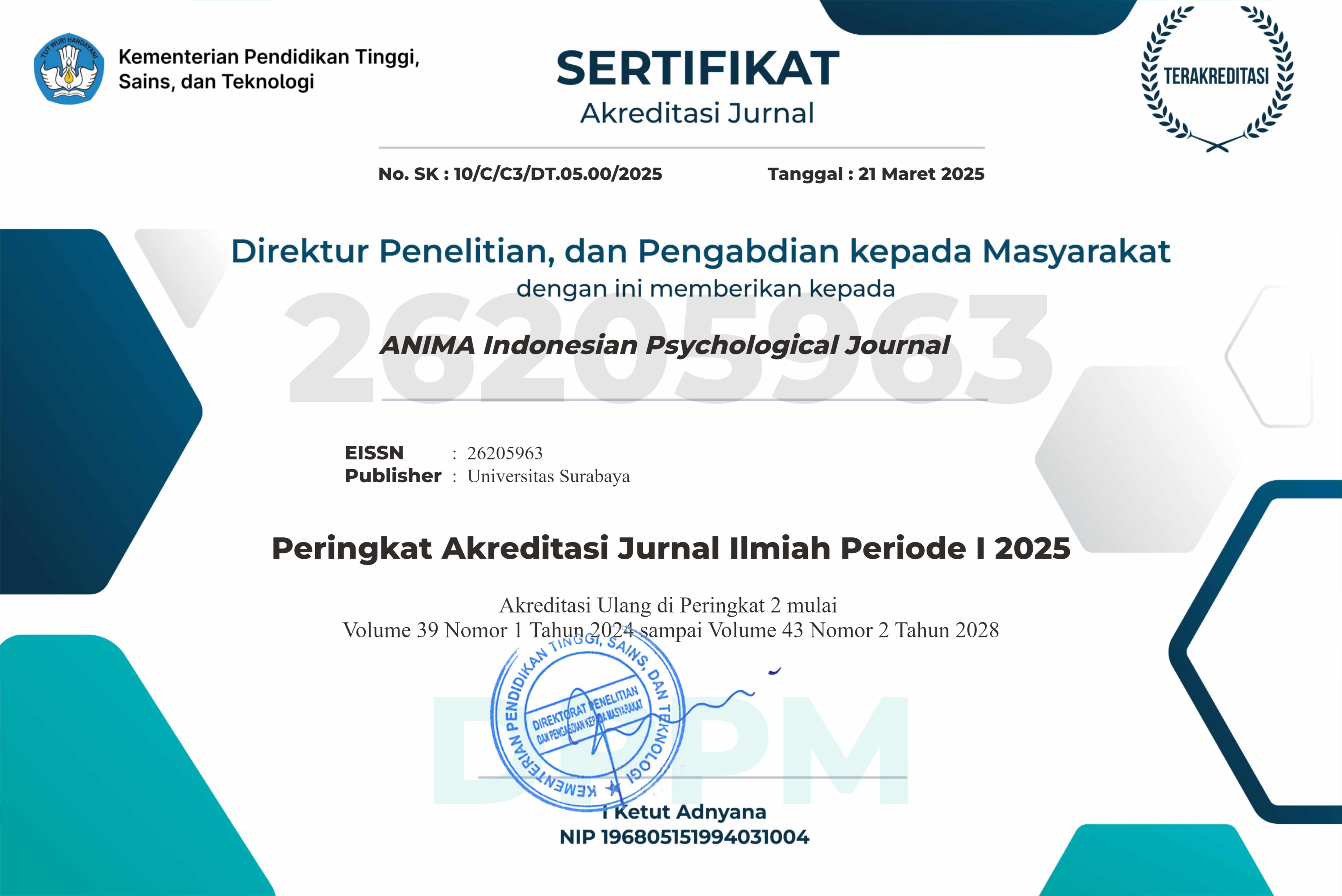What to Do With the Psychopaths? Treatment Successes and Failures
 Abstract Views:
198 times
Abstract Views:
198 times
 PDF-Full Text Downloads:
168 times
PDF-Full Text Downloads:
168 times
Abstract
The popular opinion about the treatment of psychopathy is that it is not very promising. The personality traits that define the psychopath seem to be not compatible with traditional psychotherapy. This article reviews outcome studies on the treatment of psychopaths to answer the question whether treatment of psychopaths has positive outcomes. This article also emphasizes the role of brain abnormalities in psychopaths that may lead to the conclusion that social deficits of psychopaths are a cause of brain damage and therefore not treatable at all. It appears that treatment is not at all useless for psychopaths. Rather, there has to be made more effort to tailor traditional treatment methods to the characteristics and needs of psychopaths. It also appears that treatment for adolescent psychopaths is more promising than that of adult psychopaths. Further it seems that the ‘dose’ of treatment determines the outcome: More treatment than ‘treatment as usual’ is needed to reduce violent recidivism in psychopaths.
Pendapat yang populer tentang perawatan/pengobatan psikopati adalah bahwa hal tersebut tidak banyak menjanjikan. Sifat-sifat kepribadian yang menggambarkan psikopat tampaknya tidak sesuai dengan psikoterapi tradisional. Artikel ini mereview hasil studi perawatan psikopat untuk menjawab pertanyaan apakah pengobatan psikopat memberi hasil yang positif. Artikel ini juga menekankan peran abnormalitas otak pada psikopat yang mungkin membawa pada simpulan bahwa defisit sosial para psikopat menjadi penyebab kerusakan otak dan karenanya tak mungkin diobati. Tampaknya perawatan tidak sama sekali tak berguna bagi para psikopat. Sesungguhnya, perlu lebih diupayakan mengemas metode perawatan tradisional sesuai kebutuhan para psikopat masing-masing. Tampak juga bahwa perawatan psikopat remaja lebih menjanjikan daripada psikopat dewasa. Selanjutnya tampak bahwa ”dosis” pengobatan menentukan hasilnya. Lebih banyak pengobatan daripada ”perawatan seperti biasanya” diperlukan untuk mengurangi kekambuhan yang ganas pada psikopat.
Downloads
References
Cleckley. H. (1941). The mask of sanity. Oxford, England: Mosby.
Davey, G. (2008). Psychopathology. Oxford: The British Psychological Society and Blackwell Publishing Ltd.
Harris, G., Rice, M., & Cormier, C. (1991). Psychopathy and violent recidivism. Law and Human Behavior, 15, 625-637.
Harris, G., Rice, M., & Cormier, C. (1994). Psychopaths: Is a therapeutic community therapeutic? Therapeutic Communities, 15, 283-299.
Hart, S., Cox, D., & Hare, R. (1995). Manual for the psychopathy checklist: Screening version (PCL:SV). Toronto: Multi-Health Systems.
Hobson, J., Shine, J., & Roberts, R. (2000). How do psychopaths behave in a prison therapeutic community? Psychology, Crime, and the Law, 6, 139-154.
Lilienfeld, S. (1998). Methodological advances and developments in the assessment of psychopathy. Behaviour Research and Therapy, 36, 99-125.
Nolen-Hoeksema, S. (2008). Abnormal psychology. New York: McGraw-Hill.
Rice, M., Harris, G., & Cormier, C. (1992). An evaluation of a maximum security therapeutic community for psychopaths and other mentally disordered offenders. Law and Human Behavior, 16, 399-412.
Salekin, R.T., Worley, C., Grimes, R.D. (2010). Treatment of psychopathy: A review and brief introduction to the mental model approach for psychopathy. Behavioral Sciences and the Law, 28, 235-266.
Seto, M., & Barbaree, H. (1999). Psychopathy, treatment behavior, and sex offender recidivism. Journal of Interpersonal Violence, 14, 1235-1248.
Skeem, J.L., Monahan, J., & Mulvey, E.P. (2002). Psychopathy, treatment involvement, and subsequent violence among civil psychiatric patients. Law and Human Behavior, 26, 577-603.
Yang, Y., Colletti, P., Raine, A., Toga, W., & Narr, K. L. (2010). Morphological alterations in the prefrontal cortex and the amygdala in unsuccessful psychopaths. Journal of Abnormal Psychology, 119, 546-554.

This work is licensed under a Creative Commons Attribution-NonCommercial-ShareAlike 4.0 International License.
Articles published in ANIMA are licensed under a Creative Commons Attribution-NonCommercial-ShareAlike 4.0 International license. You are free to copy, transform, or redistribute articles for any lawful, non-commercial purpose in any medium, provided you give appropriate credit to ANIMA and the original Author(s), link to the license, indicate if changes were made, and redistribute any derivative work under the same license.
Copyright on articles is retained by the respective Author(s), without restrictions. A non-exclusive license is granted to ANIMA to publish the article and identify itself as its original publisher, along with the commercial right to include the article in a hardcopy issue for sale to libraries and individuals.
By publishing in ANIMA, Author(s) grant any third party the right to use their article to the extent provided by the Creative Commons Attribution-NonCommercial-ShareAlike 4.0 International license.




